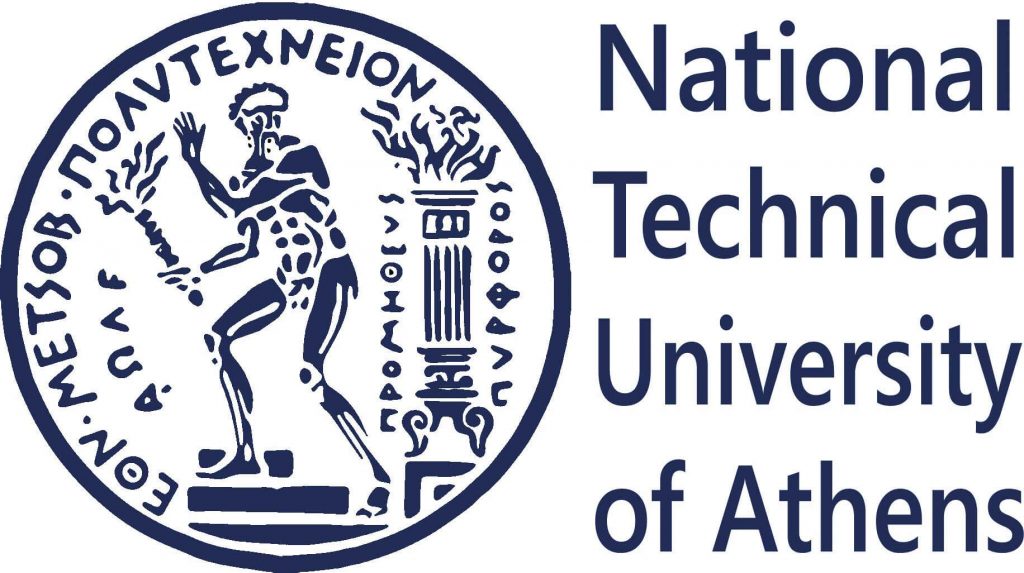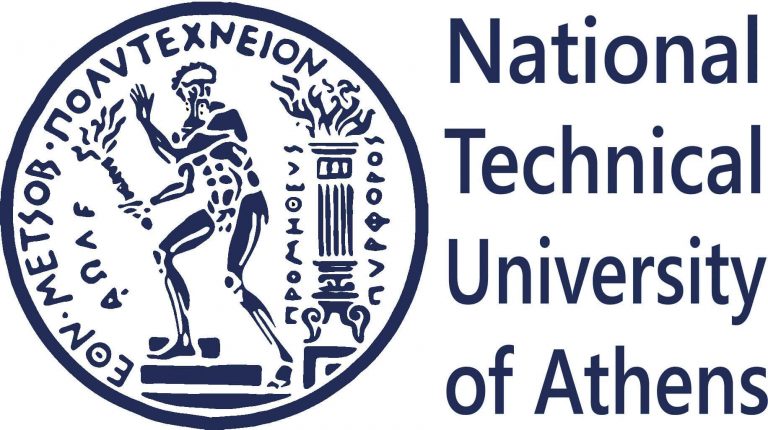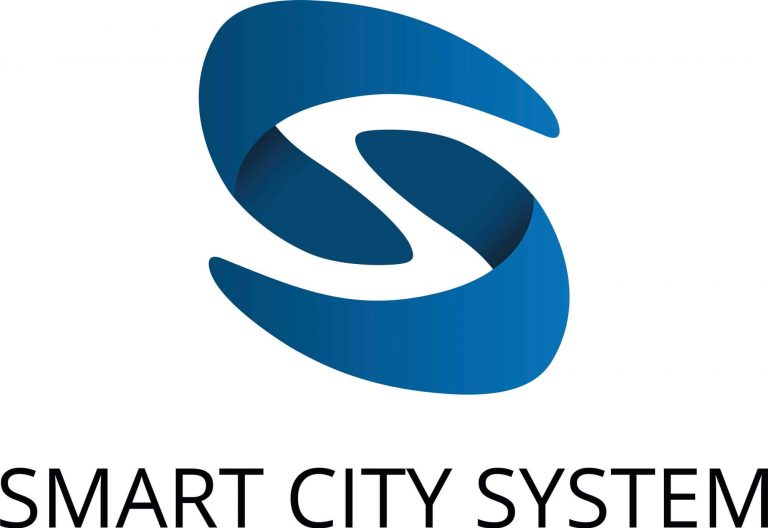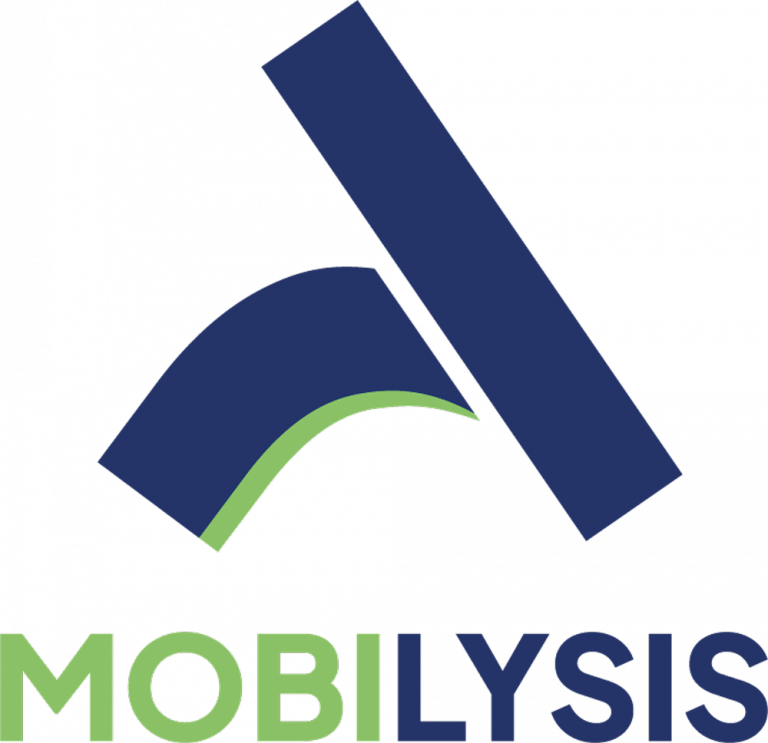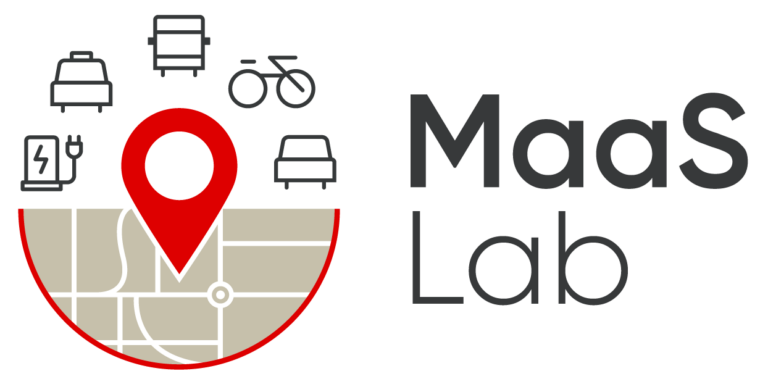Athens, the capital of Greece, has a population of 600,000 people within the city limits and 3.6 million in the greater metropolitan area.
Athens is affected by approximately 3 million trips per day, as people either commute to or pass through the city.
Due to its central role and high density, the modal share for the Athens municipality is quite sustainable, with over half of all trips being made by walking and public transport. However, this is not the case for the Athens Metropolitan Region, where 54% of all trips are made by car or motorcycle.
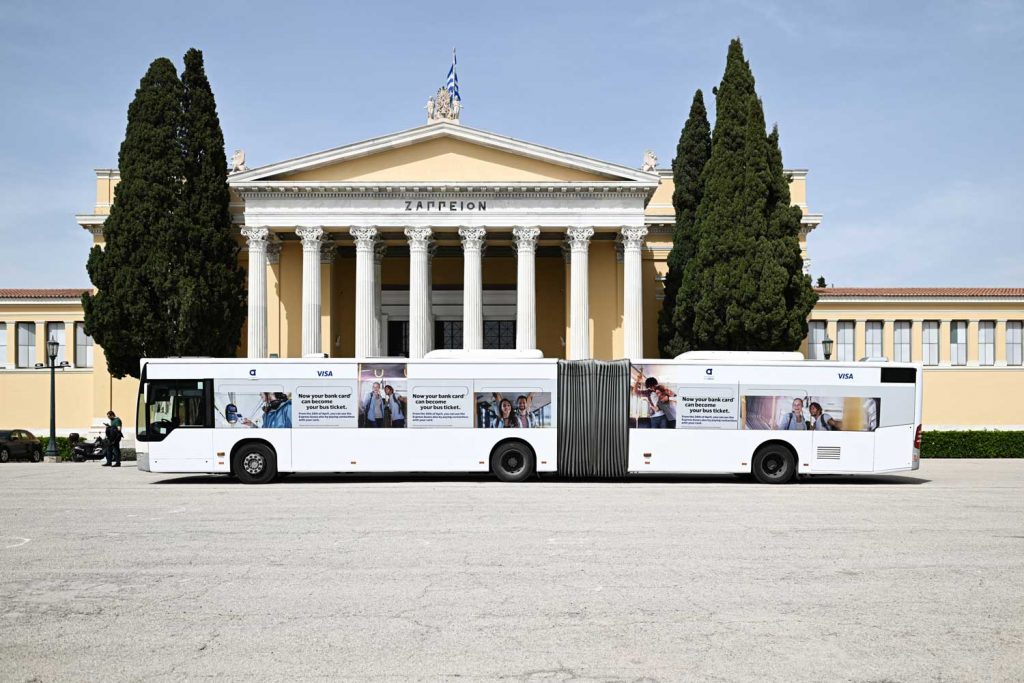
Challenges
Athens combines a dominant car and motorcycle ownership culture with a developing public transport network (3 metro lines, 3 tram lines, and more than 250 bus lines), and so citizens are very reluctant to transition to public transport from private vehicles.
The city faces serious traffic congestion and degraded air quality issues, being at the bottom of the European air quality index ranking.
Almost zero rate of bus fleet renewal due to the economic crisis over the past 12 years. As a result:
- there are some bus reliability issues and
- there is quite significant room for improvement in bus fleet emissions.
OASA S.A. (PT operator) and the City of Athens cannot always identify win-win solutions which causes delays in (effectively) addressing the city’s needs.
Use cases
OASA S.A. purchased a fleet of low-emission and fully electric buses. Athens focuses on:
- the holistic integration of e-buses in its existing bus fleet and
- the set-up of a chargers’ network.
E-buses will be launched during two phases, requiring for a set of short-term and long-term solutions. Phase 1, which is completed, includes 140 slow-charging buses (185 km range). Phase 2 includes 100 e-buses (buses will arrive during 2025) and 525 slow and fast-charging (buses will arrive in 2026-2027).
Role of the Athen's living lab in metaCCAZE
NTUA will develop state-of-art AI-based algorithms and OASA S.A. will implement them to
- optimally define new time schedules and charging schedule for the incoming e-buses considering slow, and later, fast charging needs,
- along with defining the chargers’ type, number, and location.
Based on co-creation tools developed in the Trailblazer Cities of metaCCAZE (e.g., Limassol), it is aimed to set up the ground for constructive dialogues between the City of Athens and OASA S.A. to co-design the e-bus implementation and increase user acceptance.
Infrastructural changes to support the new bus fleet include reallocation of a bus depot and several bus stop spaces to install and operate the chargers.
Contact
- Chronis Akritidis
- cakriti@anaplassis.gr
- Anaplassis S.A.

